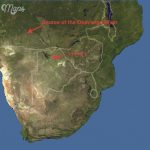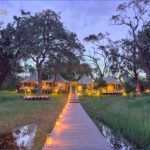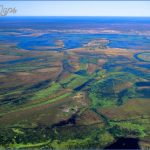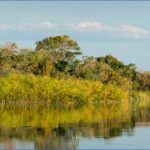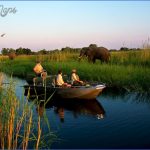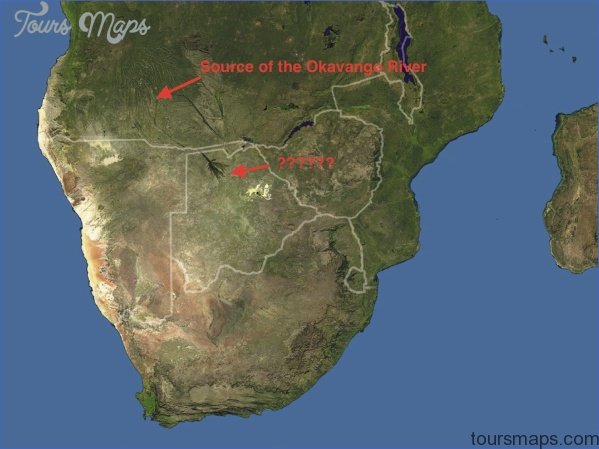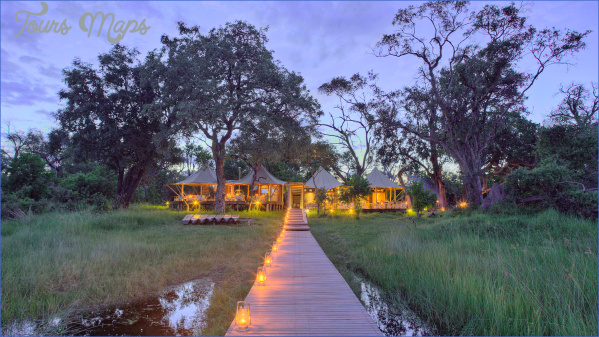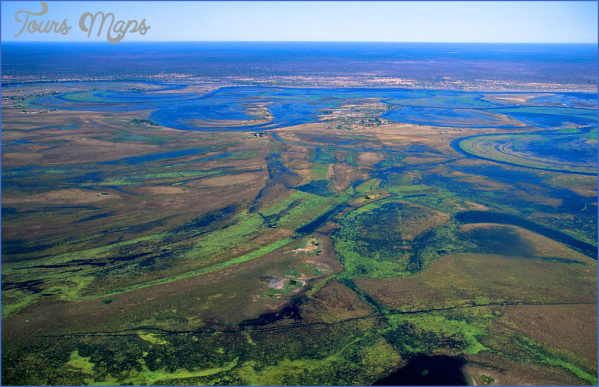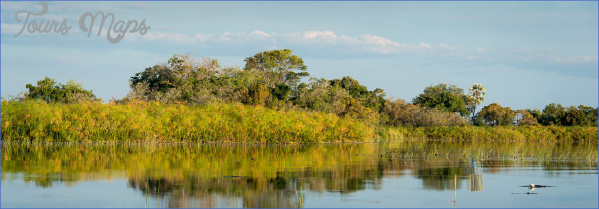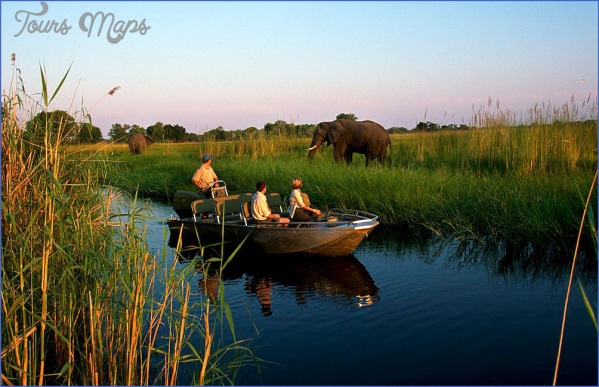Botswana’s Okavango Delta is the largest delta found in the world. It hosts an unbelievable amount of wildlife so is fantastic for game viewing of all the major animals.
It is a paradise within a baron and dry land, far from the coast. Viewing the animals and environment here gives you a breathtaking snapshot of what life in the wild is all about.
The Okavango delta attracts many animals including African elephants, buffalo, hippopotamus, wildebeest, Nile crocs, hyenas, rhinos, zebras, the big five, a lot of the other big cats like some cheetahs and about 400 species of birds nesting or migrating to this beautiful land each year.
The wet season arrives between December and February bringing with it a hot, humid and muggy climate. The average temperature around this time is 40 degrees Celsius.
Between March and May however the temperature and humidity is much more bearable with an average temperature of about 30 degrees Celsius. On the other hand between June and August is warm during the day but gets to almost freezing point as the sun disappears of a night.
Okavango Delta Photo Gallery
Botswana has a lot to offer but the Okavango Delta is one of the most wonderful natural regions to explore. With bountiful wildlife and amazing scenery you are sure to enjoy your time. You can jump on safaris from here and even take a helicopter over the lands here.
Getting There
To get to the Okavango Delta you will need to fly into Maun. From Maun your tour operator or Safari Lodge will generally meet you and transport you on a small plane to the Okavango Delta camps.
Flying internationally you can connect through Johannesburg which has daily flights into Maun or you could fly from either Cape Town or Windhoek which has flights 3 times a week.
Alternatively most tourists will combine their safari tour with another activity or safari. For example Victoria Falls or Livingstone which also has direct flights with Air Botswana into Maun.
When to go
The Okavango Delta is one of Africa’s best places to see the annual migration. To see the large herds gather at the waterholes then I suggest visiting between April and November. There will be very large numbers of herbivores at this time of year and these groups are always closely followed by their predators.
If you do visit at other times of the year then December and January is an especially great time as many of the animals will be giving birth or alternatively if you wish to see large diverse flocks of birds then visit in the rainy months between January and March.
Maybe You Like Them Too
- Explore Blavozy, France with this detailed map
- Explore East Lindfield, Australia with this detailed map
- Explore Bonferraro, Italy with this detailed map
- Explore Doncaster, United Kingdom with this detailed map
- Explore Arroyito, Argentina with this Detailed Map

